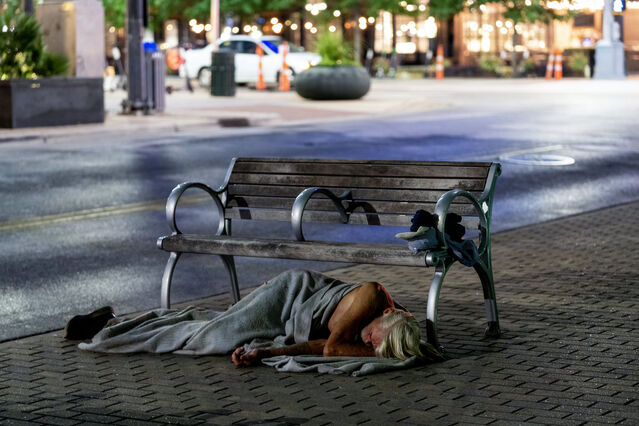
Understanding Homelessness Among Families with Children
There is a common misconception that homelessness is an issue that only pertains to single men and women, but in reality, almost 60,000 families are homeless on a given night in the United States, according to the National Alliance to End Homelessness. Homelessness is a devastating experience for families. It disrupts virtually every aspect of family life, damaging the physical and emotional health of family members, interfering with children’s education and development, and frequently resulting in the separation of family members.
On a single night in 2020, HUD recorded 171,575 homeless families with children in the United States.
children in the United States experience homelessness, according to the Bassuk Center.
According to the Bassuk Center, 90% of homeless mothers report having experienced physical and/or sexual abuse.
Women made up ¾ of the adults experiencing family homelessness in 2017, according to the U.S. Interagency Council on Homelessness.
Homelessness Among Families in America (Causes and Results)
Poverty and the lack of affordable housing are the principal causes of family homelessness, as well as lack of a living wage for many families. As a result of loss of benefits, low wages, and unstable employment, many families struggle to get medical care, food, and housing. Many lose health insurance, despite continued Medicaid eligibility.
Domestic violence also contributes to homelessness among families. When a woman leaves an abusive relationship, she often has nowhere to go. This is particularly true of women with few resources. Lack of affordable housing and long waiting lists for assisted housing mean that many women are forced to choose between abuse and the streets.
Homelessness severely impacts the health and well being of all family members. Children without a home are in fair or poor health twice as often as other children, and have higher rates of asthma, ear infections, stomach problems, and speech problems (Better Homes Fund, 1999). Homeless children also experience more mental health problems, such as anxiety, depression, and withdrawal. They are twice as likely to experience hunger, and four times as likely to have delayed development. These illnesses have potentially devastating consequences if not treated early. Deep poverty and housing instability are especially harmful during the earliest years of childhood; alarmingly, it is estimated that almost half of children in shelters are under the age of five (Homes for the Homeless, 1998).
School-age homeless children face barriers to enrolling and attending school, including transportation problems, residency requirements, inability to obtain previous school records, and lack of clothing and school supplies. Parents also suffer the ill effects of homelessness and poverty. One study of homeless and low-income housed families found that both groups experienced higher rates of depressive disorders than the overall female population, and that one-third of homeless mothers (compared to one-fourth of poor housed mothers) had made at least one suicide attempt (Bassuk et al., 1996). In both groups, over one-third of the sample had a chronic health condition.
Homelessness frequently breaks up families. Families may be separated as a result of shelter policies which deny access to older boys or fathers. Separations may also be caused by placement of children into foster care when their parents become homeless. In addition, parents may leave their children with relatives and friends in order to save them from the ordeal of homelessness or to permit them to continue attending their regular school.





